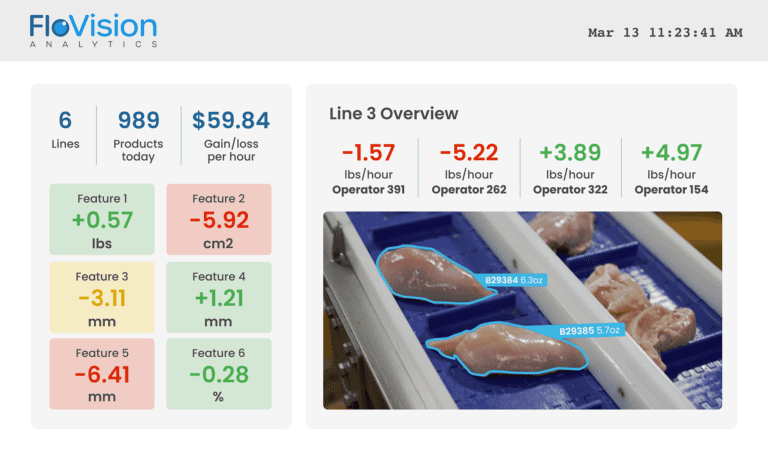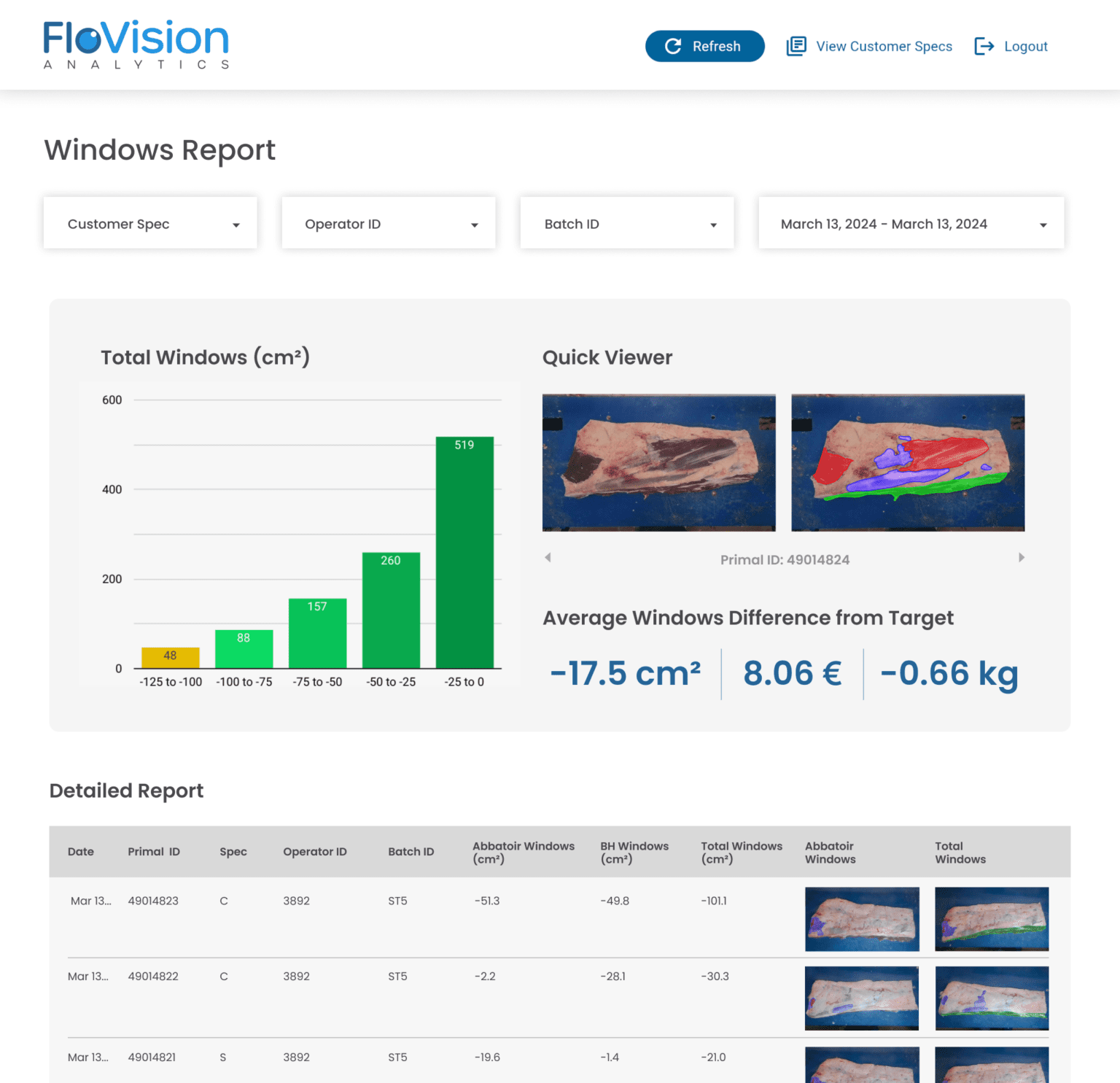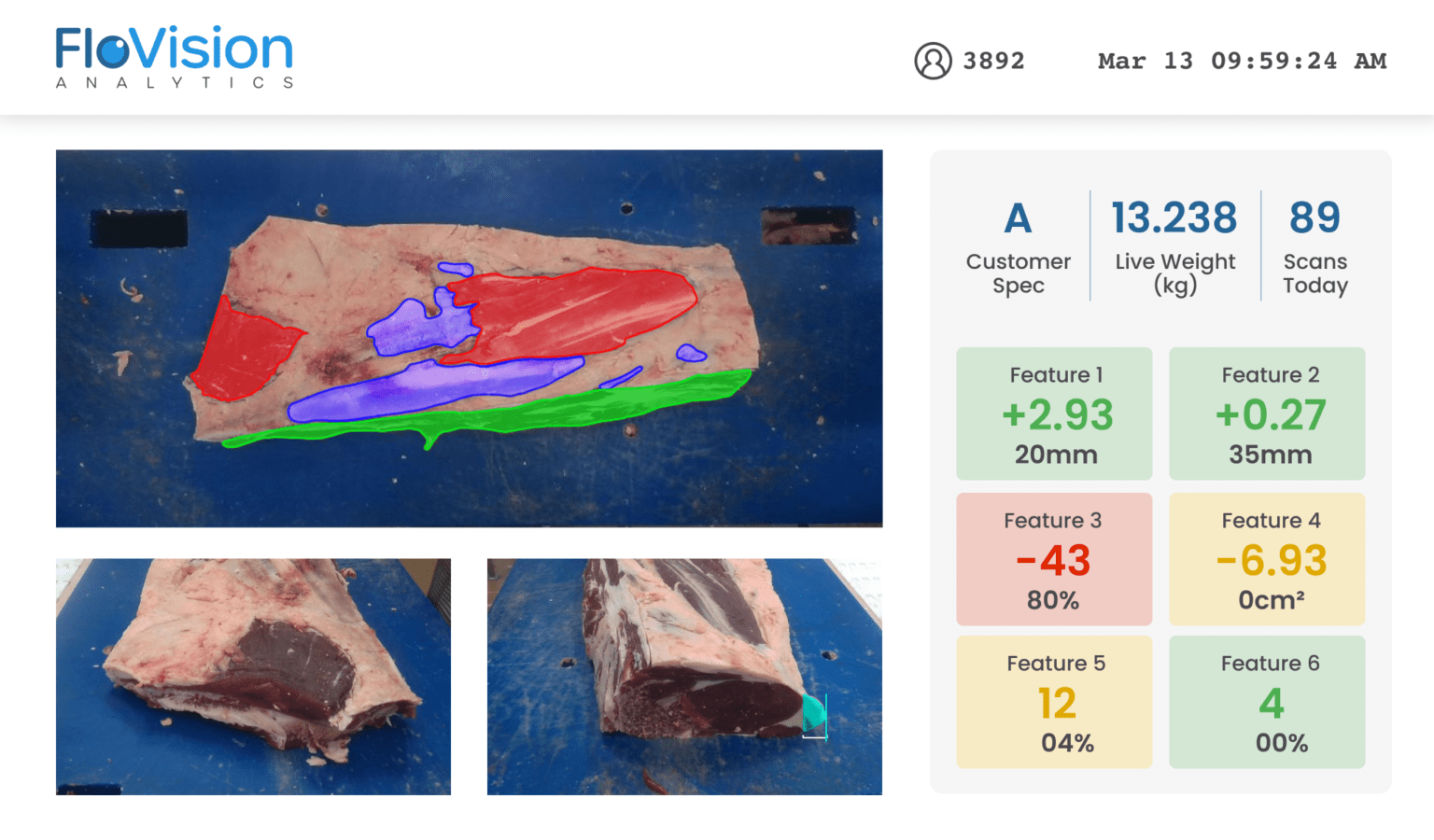
Efficiency and Scale in Beef Production in North America
In North America, particularly in the United States, beef production operates on a large industrial scale. In 2023, the US produced roughly 26.5 billion pounds of beef. The focus is on high-efficiency systems that prioritize mass production, often through feedlots where cattle are finished on grain-heavy diets to promote rapid weight gain. The U.S. is a leader in the global beef export market, and its grading systems, like USDA certification, play a key role in determining market value.
In Canada, there’s a significant focus on maintaining high standards of food safety and animal welfare. Industrial beef processors in Mexico are typically smaller and function alongside farming operations.
While North America excels in efficiency, it faces growing scrutiny over its environmental impact. Water consumption, carbon emissions, and the long-term sustainability of feedlot systems are an increasing concern. At the same time, consumers are demanding more transparency in how beef is raised and processed, pushing producers to adopt more ethical practices.
Grass-Fed Tradition Meets Modern Demand in South America
South America is known for its vast pasturelands and high-quality, grass-fed beef. Countries like Brazil, Argentina, and Uruguay have developed robust beef industries, often exporting to Asia and Europe. In Argentina, beef production is an integral part of the national identity, with grass-fed cattle raised on open ranges. Uruguay, too, is known for its pasture-fed lean beef, heavily exported to markets demanding high-quality cuts.
Brazil is one of the world’s largest beef exporters, accounting for 20% of global beef exports, but its practices differ due to the scale of production and the use of mixed systems – both grass-fed and feedlots.
The primary challenge facing South American beef production is environmental. Brazil, in particular, faces global scrutiny over deforestation in the Amazon, as land is cleared for both cattle ranching and horticulture. As demand grows, finding a balance between preserving natural resources and maintaining production is crucial.
As demand grows, finding a balance between preserving natural resources and maintaining production is crucial.
Premium Quality, Small-Batch Beef in Europe
In Europe, beef production is more quality-focused. Countries like France, Ireland, and Spain emphasize smaller-scale operations that produce premium, grass-fed beef. European consumers expect strict animal welfare standards, and EU regulations ensure that beef production is both transparent and sustainable. In Ireland, for example, pasture-raised cattle are the standard, and the country is renowned for its premium beef, about 90% of which is exported.
The European approach places a premium on traceability. Consumers want to know where their meat comes from and how it was raised. This emphasis on quality over quantity differentiates European beef from the mass-produced systems seen in other regions.
Europe’s beef industry faces its own challenges, particularly in the aftermath of Brexit. Trade regulations have shifted, complicating exports between the UK and EU member states. Additionally, European consumers are increasingly demanding sustainable food sources, pushing the industry to meet high environmental standards.
A Focus on Exports and Technology in Australia and New Zealand
Australia and New Zealand are major players in the global beef export market, particularly to Asia. Like South America, these countries rely heavily on large, pasture-based systems, and there are over 45,000 beef cattle farms in Australia. Australian beef, in particular, is prized for its high quality and consistency, making it a top choice in markets like Japan and Korea.
The primary challenge for beef producers in this region is environmental. Frequent droughts in Australia can devastate pasturelands, making it difficult to maintain the large-scale operations required for export demand. New Zealand also faces environmental challenges, though on a smaller scale, given its more temperate climate. The global push for sustainability is also increasing pressure on these countries to reduce their carbon footprints.

Tradition Meets Modernization in Asia
Beef production in Asia is highly varied, reflecting the region’s diversity. In Japan, beef is synonymous with Wagyu, a premium product raised with an artisan’s touch. Wagyu cattle are meticulously bred, raised, and fed to produce the world’s most sought-after beef, with a focus on quality over quantity. Japan produces around 8,650 tons of Wagyu beef annually.
In China, however, the focus is on scaling up production to meet growing demand. As the country’s middle class grows, so does the demand for beef. China is rapidly modernizing its beef industry, adopting industrial farming practices similar to those in North America.
In contrast, India’s beef production is shaped by cultural factors. Given religious beliefs, beef is less commonly produced and consumed, with water buffalo often serving as a substitute for traditional beef, produced at around 4.55 million metric tons in 2024.
Asia faces a unique set of challenges, particularly in balancing tradition with modernization. In Japan, the challenge is maintaining artisanal practices in a globalized world. China, on the other hand, must address sustainability and food safety concerns as it ramps up industrial-scale beef production.
The global push for sustainability is also increasing pressure on countries to reduce their carbon footprints.
Global Challenges and Innovations
Across all regions, the beef industry faces significant global challenges. Sustainability, animal welfare, and the need to produce more beef for a growing population are pressing concerns. Technology is playing a pivotal role in addressing these issues – AI, computer vision, and automated systems like FloVision Pro and FloVision Nano are helping beef producers optimize yield, reduce waste, and meet the growing demands of consumers worldwide.
Innovating for Efficiency and Sustainability in Beef Production
Beef production may differ across the world, but one thing remains constant: the need for innovation and sustainability. As regional practices evolve, solutions like FloVision Pro and Nano will continue to play a central role in ensuring that beef production can meet global demand while adhering to higher standards of efficiency, transparency, and environmental responsibility.
FLOVISION NANO
Compact AI sensor to measure yield and quality at production speed.




